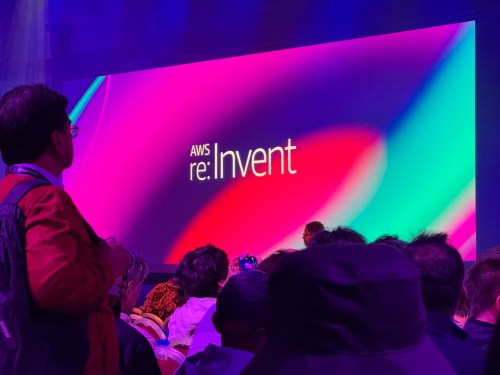AWS re:Invent 2024: Live Updates from Amazon’s Biggest Event
At last year’s AWS re:Invent conference, Amazon’s cloud computing unit launched SageMaker HyperPod, a platform for building foundation models. It’s no surprise, then, that at this year’s re:Invent, the company is announcing a number of updates to the platform, with a focus on making model training and fine-tuning on HyperPod more efficient and cost-effective for enterprises.
HyperPod: A Platform for Building Foundation Models
HyperPod is now in use by companies like Salesforce, Thomson Reuters, and BMW and AI startups like Luma, Perplexity, Stability AI, and Hugging Face. It’s the needs of these customers that AWS is now addressing with today’s updates, Ankur Mehrotra, the GM in charge of HyperPod at AWS, told me.
The Challenges of Running LLM Training Workloads
One of the challenges these companies face is that there often simply isn’t enough capacity for running their LLM training workloads. "Oftentimes," Mehrotra said, "because of high demand, capacity can be expensive as well as it can be hard to find capacity when you need it, how much you need, and exactly where you need it." This can lead to a number of problems, including overspending on infrastructure, inefficient use of resources, and difficulty scaling up or down as needed.
Flexible Training Plans: A New Approach
To make this easier, AWS is launching what it calls "flexible training plans." With this, HyperPod users can set a timeline and budget for their model training workloads. For example, say they want to complete the training of a model within the next two months and expect to need 30 full days of training with a specific GPU type to achieve that. SageMaker HyperPod can then go out, find the best combination of capacity blocks, and create a plan to make this happen.
How Flexible Training Plans Work
Here’s how it works: when you set up a flexible training plan, you specify the resources you need (e.g., number of GPUs, memory, etc.) and the time frame in which you want to complete the training. SageMaker HyperPod then uses its vast capacity pool to find the best combination of resources that meet your needs. If necessary, it will even pause and resume jobs to ensure that the resources are available when needed.
HyperPod Recipes: Optimized Workflows for Common Architectures
Many times, though, these businesses aren’t training models from scratch. Instead, they are fine-tuning models using their own data on top of open weight models and model architectures like Meta’s Llama. For them, the SageMaker team is introducing HyperPod recipes, optimized workflows that make it easier to fine-tune pre-trained models.
How HyperPod Recipes Work
HyperPod recipes are pre-built workflows that take care of everything from setting up the environment to running the fine-tuning process. They’re designed for common architectures like Llama and can be easily customized for your specific use case. With HyperPod recipes, you don’t have to worry about the underlying infrastructure or tuning parameters – just load your data and let SageMaker do the rest.
Pool-Based Capacity Allocation
Another new feature of HyperPod is pool-based capacity allocation. This allows you to allocate a pool of resources that can be used across multiple workloads, making it easier to scale up or down as needed. You can even set up automatic scaling rules so that your resources are always available when needed.
Benefits of Flexible Training Plans and HyperPod Recipes
So what are the benefits of flexible training plans and HyperPod recipes? For one thing, they make it much easier to manage your model training workloads – no more worrying about resource allocation or tuning parameters. With flexible training plans, you can set a budget and timeline for your project, and SageMaker will handle the rest.
Conclusion
At this year’s re:Invent conference, AWS is introducing a number of updates to SageMaker HyperPod that make it easier to build and deploy AI models. With flexible training plans and HyperPod recipes, you can focus on building great models without worrying about the underlying infrastructure. Whether you’re a seasoned data scientist or just starting out with AI, these new features are sure to make your life easier.
Related Posts
- CES 2025 Press Day: Everything Nvidia, Sony, Toyota, Samsung announced, and more
- Nvidia’s Project Digits is a ‘personal AI supercomputer’
- Nvidia is helping humanoid robots learn through Apple Vision Pro instruction
- Qualcomm brings its Snapdragon X chips to mid-range Windows laptops and desktops
- Intel shows off its latest chip lineup at CES 2025



